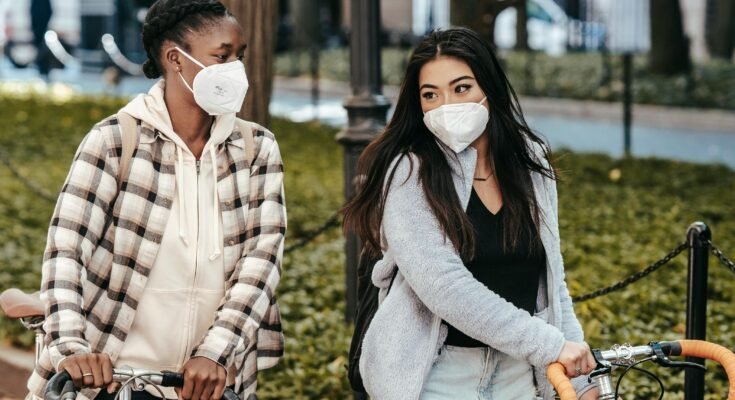Introduction
Communicable diseases are illnesses that spread from one person to another through direct contact, by means of air, water, food, or via insect bites. The diseases are due to bacteria, viruses, fungi, or parasites. Influenza, tuberculosis, malaria, and COVID-19 are some of the common communicable diseases. Knowledge of the transmission and prevention of communicable diseases is at the very heart of public health.
1.Types of Communicable Diseases
a) Viral
- Influenza (Flu) : Transmitted by inhale droplets from coughs and sneezes.
- COVID-19: Caused by coronavirus, infection developed on the basis of close contact and touching contaminated surfaces.
- Hepatitis B and C: Affect the liver, transmitted by blood, sexual contact, and contaminated needles.
b) Bacterial
- Tuberculosis (TB)-Invading the lungs and spread by air.
- Cholera: Spread through contaminated water and food.
- Pneumonia: Can be caused by a bacterium affecting the lungs and makes normal breathing difficult.
c) Parasitic fungal
- Malaria-spread by a bite from a mosquito and causes fever and chills.
- Ringworm: An infection caused by a fungus and spread through contact with skin or contaminated objects.
2.Ways by which Communicable Diseases Spread
- Direct Contact: Includes direct touching, kissing, engaging in sexual activity, or contact with bodily fluids.
- Airborne Transmission: Infection-coupled cough or sneeze expels germs into the air.
- Contaminated food and water: Ingestion of food or water with bacteria or viruses considered harmful.
- Insect bites: Mosquitoes, ticks, or fleas may carry the disease and lead to transmission.
3.Prevention of Communicable Diseases
a) Personal hygiene
- Many hand washing
- Cover up when coughs/sneezes are made.
- Do not touch your face; especially, do not touch your eyes, nose, and mouth.
b) Vaccination
- Immune systems can be strengthen by the usage of vaccines that protect against “tim, measles, and hepatitis.
- Vaccines can stop the spread of infection.
c) Safe Food and Water Practices
- Drink boiled and pure water.
- Cook food thoroughly to kill bacteria and parasites.
- Wash fruits and vegetables before eating.
d) Avoid Contacts with the Unwell Individuals.
- Keep a social distance from sick people.
- Use personal protective equipment (such as masks) if you are in a high-risk area.
e) Control of Insects and Pests.
- Attach mosquito nets and repellents to prevent malaria and other vector-borne diseases.
- Keep your environment clean, as it will not provide breeding grounds for mosquitoes and pests.
4.Importance of Early Diagnosis and Treatment
- Visit a doctor if you experience symptoms of a contagious disease.
- Early detection and medication help prevent the disease from spreading and becoming worse.
- Always complete an entire course of antibiotics in treatments, which must be prescribed.
Conclusion
Communicable diseases can have serious health effects, although many could be easily preventable through proper hygiene, vaccination, accessible clean water supply, and prompt management. It is now more important than ever to raise awareness and apply preventive mechanisms to curb infections, taking away threats to global communities.



